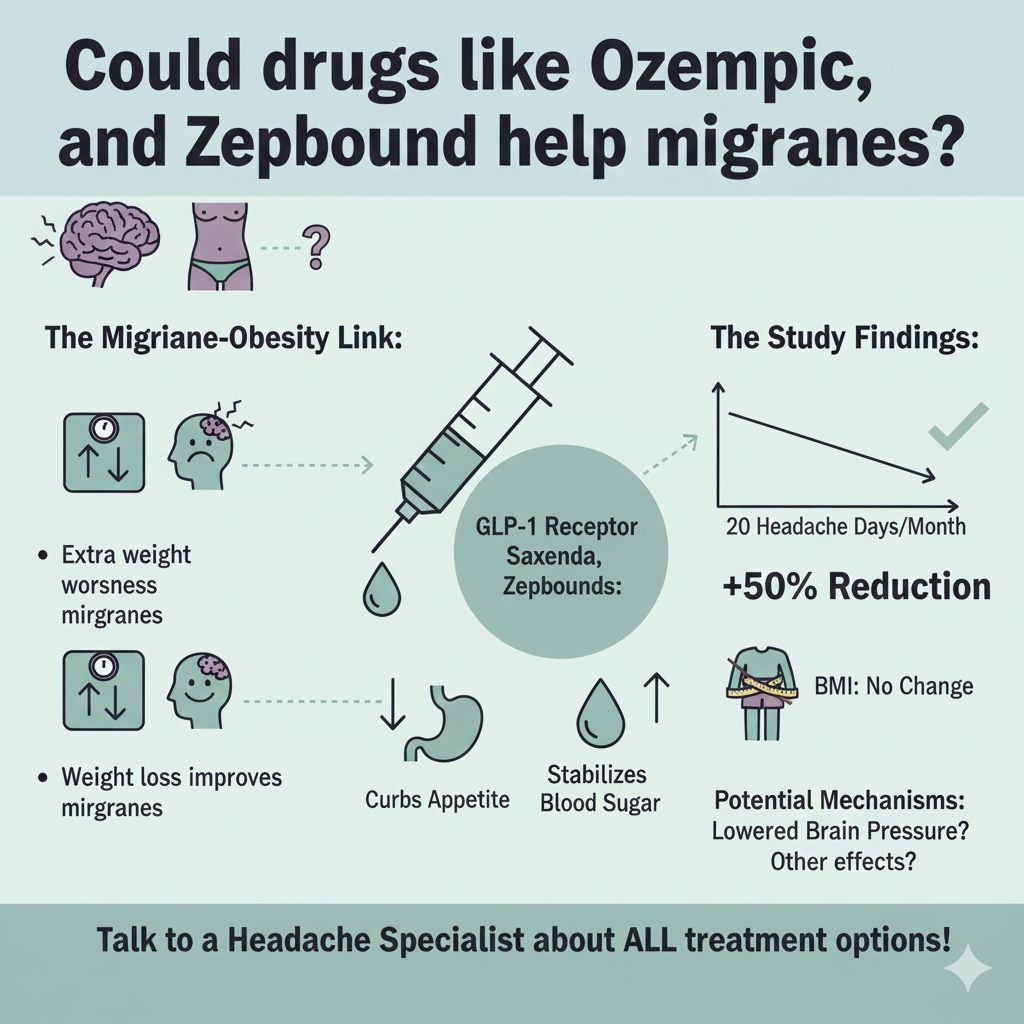Eletriptan (Relpax) is one of seven triptans approved for the treatment of an acute migraine. While all triptans are similar (but not identical) to each other in their indications, contraindications, side effects and drug interactions, some are more effective than other. Sumatriptan (Imitrex) is the oldest triptan (approved in 1992) and with many companies making generic copies, it is the cheapest. Sumatriptan, rizatriptan (Maxalt), zolmitriptan (Zomig), eletriptan, and almotriptan (Axert) are similar in their efficacy, but many patients prefer one over another. It is not clear why this may be the case because they all work on the same two very specific serotonin receptor subtypes (5HT-1b and 5HT-1d). I do have a fair number of patients who find eletriptan to be significantly better than other triptans. Generic copies of eletriptan came on the market relatively recently and their price is still relatively high – $10 a pill, compared to $1 for sumatriptan. Brand versions of triptans cost anywhere from $40 for a pill of Maxalt (rizatriptan) to $120 for each pill of Zomig (zolmitriptan). A very rare patient of mine finds that the generic copies are significantly less effective than the brand. It is even more rare for an insurance plan to pay for it.
Eletriptan is available in 20 and 40 mg tablets with the maximum FDA-approved daily dose of 80 mg. However, in some European countries eletriptan is sold in 80 mg tablets and the maximum approved daily dose is 160 mg. I see many patients who are warned by their doctors not to exceed the maximum recommended dose on any particular day and not take a triptan on more than two days a week. The first admonition is supposedly due to the immediate danger of these drugs and the second, due to the risk of medication overuse headaches. Neither prohibition is based on good scientific evidence.
The top five triptans listed above has a very short half-life, which means that they are washed out of the body within a few hours. So if a patient calls me and says that she took a tablet the night before, then another one in the morning and by early afternoon the headache returned, I do reassure her of the safety of taking a third dose. Rizatriptan is the only triptan that is approved by the FDA for up to three doses a day. Since there is nothing unique about rizatriptan, clearly there is no risk in taking other short-acting triptans three times a day as well. Also, there is no documented risk of taking double of the maximum recommended dose of any triptan. This is rare, but some of my patients do very well with 80 mg of eletriptan or 200 mg of sumatriptan, while lower doses are ineffective. In many European countries eletriptan and other triptans are sold without a prescription, indicating their excellent long-term safety profile. This is not to say that triptans have no potential to cause serious side effects, but for a young healthy woman who is a typical migraine sufferer, these drugs are extremely safe.




